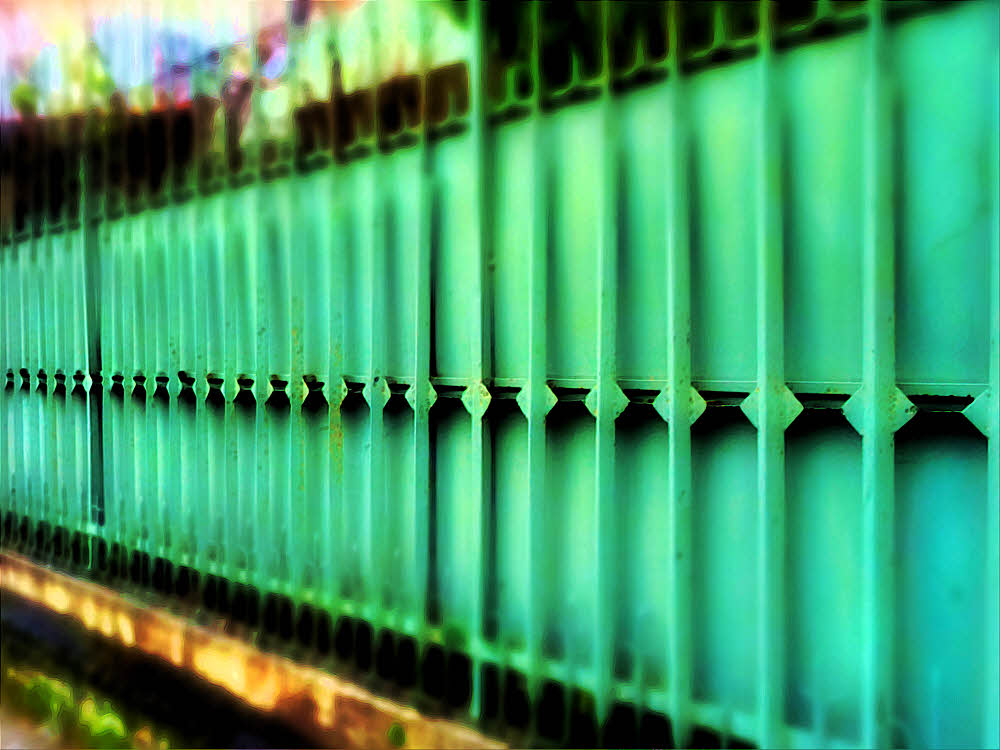
Howdy. Care to dig one for doody?
A cat hole is a kind of outdoor safe deposit box where you can leave something you don't want to forget about, so you can forget about it.
If you carelessly leave the wrong sort of stuff lying around on top of the dirt you can find out too late that you've gone and put your foot in it, which happens sometimes, if you forget where you put it, so you dig a little hole and put it in there for safe keeping, and then forget about it, for real. And have no further need to watch where you step.
Stuff, defined, is what you DO NOT want to discover (too late) that you HAVE put your foot in. Understand?
No?
Poo. We're talking poo here. Poo and you. Poop. About "Leaving a Fernando." "Saying goodbye to Fernando." "Giving Fernando a farewell party." "Burying Fernando." 1
Because you never want to look down at your foot and find yourself saying "Howdy, doody!" Nope. Not now, not ever, so you give it a respectable but quick sendoff via burial. In a cat hole.
The high priests of trailside excavations say that a proper cat hole should be dug six to eight inches deep (15 to 20 cm), and be at least 200 feet (60 m) from water, from your camp, and from the nearest trail.
And when you've dug it, filled it, and uh...refilled it, you should camouflage it.
Camouflaging a cat hole is easier to do if you bring along a roll of camo wiping paper, which you can buy now, but then again the use of paper is getting to be frowned on too. Most especially if any kind of paper at all is left anywhere near the surface of the ground, so even camo paper won't really work. Life, she seems to have become complicated all too quickly in our modern times.
So, actual camouflage. Hmmm....lessee?
Well, you can try gathering twigs, moss, and whatnot (fortunately, there is usually a lot of free whatnot close to hand in the woods), and building a little replica of your camp over the filled hole, in case someone does find what you deposited and wants to know more about the artist it came from. Unlikely, but there are people out there with increasingly odd hobbies. And then there's law enforcement, like park rangers, forest rangers, and other official types who wear funny hats, are employed to do certain things for money, and who ofttimes have strange or obscure duties such as Poo Patrol, which may end up pointing them in your direction.
And on occasion one or more of these people may become twitchy and go snooping around exactly who-knows-why for exactly who-knows-what, and may find something you left, so that possibly limiting one's camouflage efforts to a clever but not-too-specific sort of enterprise might be a decent idea. But then again it couldn't hurt to show how truly creative you can be, so feel free to get down there and play with it if that's your style.
Because, if you do build your little campsite replica well enough, or, for example, you build a tiny fort instead, and do it really well, it's possible that you could win an award. For it. Not likely, but ever more possible in our rapidly evolving culture.
Truly, anything is possible. You know life these days, when reality is what appears on television, and no less. If you don't know about that, or about life these days, then try an internet search for "weird news". But if you are lazy and don't want to bother, then just check out the following two items (both so precious that they have been tucked away for future generations by the prestigious Internet Archive itself):
So far the Academy Awards and the Emmys and all those other famous awards events are still the big guns, and limited to dramatic presentations (i.e., deliberately fictional news), but who knows which way the next wind will blow? Just to keep yourself in the running, try scattering a few mints in the area to catch the attention of rambling, roaming, vagabond, freelance poophole reviewers. Probably couldn't hurt. Could score you a few brownie points, as they're called.
Plan B: Use your Take Your Cat To Camp day pass.
It's about time anyway, wouldn't you think?
Cats don't get out nearly enough, and who knows more about digging a cat hole than the inventor of said facility? Learn something actually useful and take advantage of your special interspecies relationship while offering your cat a chance to earn its keep.
When not digging holes or pooping, cats sleep. Cats sleep almost all day, every day, and because of that they can't sleep at night, so they're up then, wide awake, full of energy, and doing who knows what, so try this: Put a leash on your cat and take it along when you go out to hike the Continental Divide Trail, for example. Then watch it and do what it does when it does that thing that cats do when not sleeping or eating. Dig it?
Then for those times when you're not watching your cat poop, and when the sky turns dim and dark and you lie down and close your little eyes to sleep, you can snore free of mousie fears. Because Kitty is there. Which is a good deal for you, unless Kitty decides Enough is too much already and bails, suddenly heading for provinces unknown, leaving you alone, when you'll have to fight off the evil mice all on your own, but by then your episodes of cat watching should have provided plentiful clues about how to manage your life the Kitty Way™. If you have any brains up there.
Hello? Brains? You still in there?
But if your cat does stay with you all the way from the Mexican border way way far north into Yellowstone National Park, or even beyond, closer to Canada, into Glacier National Park for example, and you do finally one day bump into one of those big grumpy toothy bears, well, what could be better to throw at it than Fluffy?
Cats — the original multi-function pets. So versatile. Too bad not all pets were so cleverly designed. (Don't try getting all fancy like that with a budgie. Hopeless, budgies. Just so you know.)
-- footnotes --
1 All this has probably maybe very little or almost no actual connection to Fernando Poo, also less imaginatively known as Fernão Pó, or sometimes as Fernando Pó, after whom the island of Fernando Poo was named.
Erstwhile inhabitants, once known as poopians now find themselves living on an island unimaginatively renamed to Bioko (and even more formerly, once upon a time in dreary ages past, called Otcho, they say). Maybe the previous demonyms were bonkos or otchons or something, but no one seems to know, or care, and somehow the people there got by all the same.
"Poopians", however, is a real attention-grabber. Yeah, grabber — maybe not the best word either, in this context, but the total number of words is actually limited by binding international conventions, and many of them are also woefully over-used, so we'll leave this one hanging for now, right where it is.
What drew Mr Poo to his magical island was wood, for that island, the island of Fernando Poo, whatever it may have been called at the time, was once widely known for its vast tracts of tropical shittah trees, the only source of shittim-wood, a product pretty much no good for anything at all except, surprisingly, making arks, back in the day when there was a desperate but brief flurry of ark manufacturing.
Animals don't like to gnaw on shittim-wood (And who would?), which is nice if you're out there in your ark in a world covered by sudden oceans and no place to go for repairs in case the critters get uppity one day, maybe out of boredom or uncontrollable peevishness due to long confinement, and decide to chew the snot out of the only floating vessel in the world.
Anyhow, the island in question is real, part of a small archipelago in the Republic of San Serriffe. Perhaps you've heard of the now more renowned neighboring isles, Upper Caise and Lower Caise. Or maybe not. Who can say? But all this information is, of course, as always, completely and satisfyingly true, and will very soon be broadcast on television for your edification, which is of course absolute proof of veracity, in case you still had a minor doubt or two.
For the fussy, this is sometimes spelled as "Cathole". But of course that looks more than a bit obscene, don't you think?



